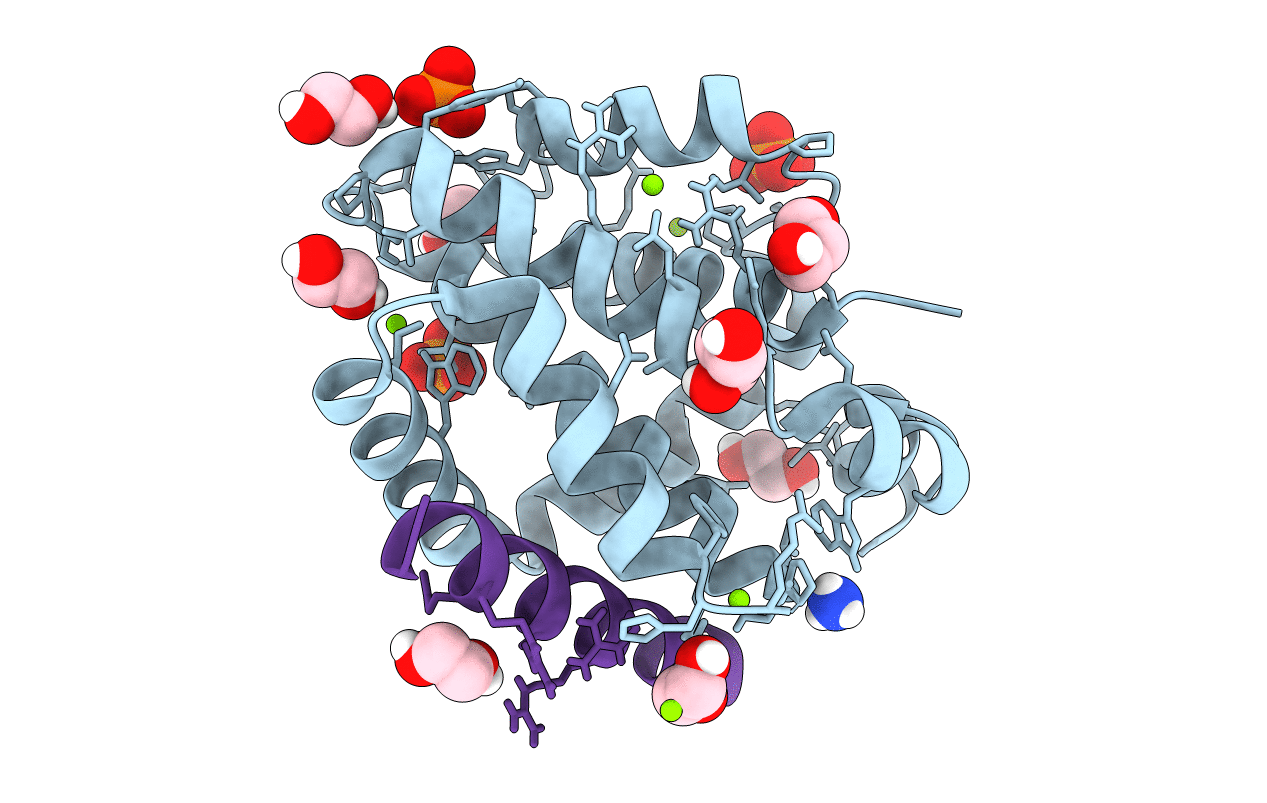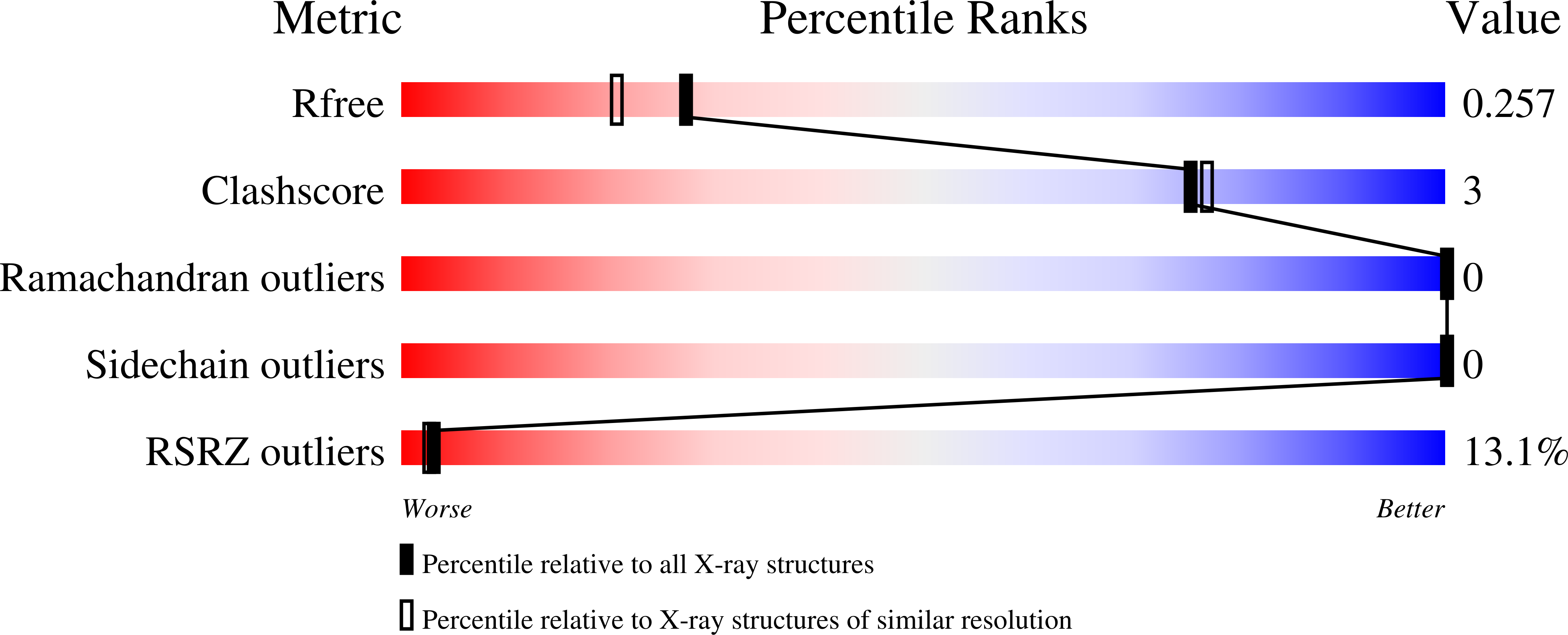
Deposition Date
2021-07-28
Release Date
2022-08-10
Last Version Date
2024-01-31
Entry Detail
PDB ID:
7P9W
Keywords:
Title:
Epstein-Barr virus encoded apoptosis regulator BHRF1 in complex with Puma BH3
Biological Source:
Source Organism:
Epstein-Barr virus (strain B95-8) (Taxon ID: 10377)
Homo sapiens (Taxon ID: 9606)
Homo sapiens (Taxon ID: 9606)
Host Organism:
Method Details:
Experimental Method:
Resolution:
2.00 Å
R-Value Free:
0.25
R-Value Work:
0.21
R-Value Observed:
0.22
Space Group:
P 32 2 1


